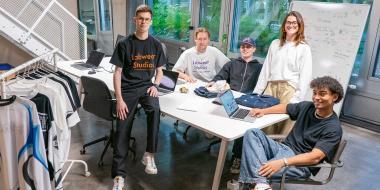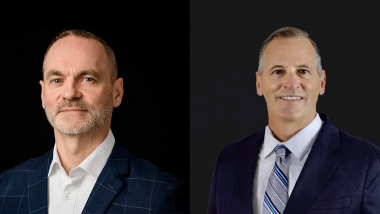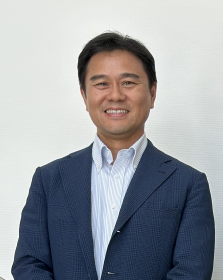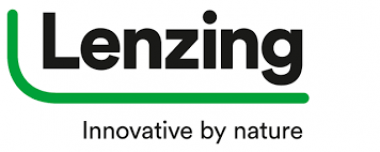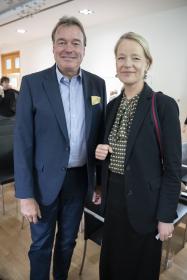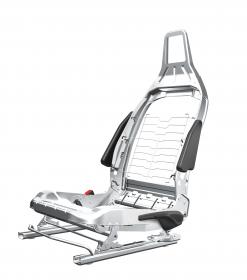Trimming waste in fast fashion
By digitalising their supply chains, start-up Labwear Studios is able to manufacture fashion labels and garments in small quantities, thereby helping to combat overproduction in the fashion industry.
With as many as one in three garments left unsold on the peg, the fashion industry has a major sustainability issue. One reason is that clothing manufacturers often stipulate large minimum order quantities. While this enables them to reduce their unit costs, the result is overproduction and tons of waste.
Start-up Labwear Studios has found a better way to trim costs. “We’ve digitalised the old, inefficient supply chain,” explains ETH electrical engineer Michael Mangold, who founded the start-up together with Nicolas Schierle and Samuel Thoma. The three entrepreneurs have set up an online manufacturing platform where fashion labels can configure and commission production of their latest creations and then track each stage of the order process. The platform connects all the parties involved, streamlining supply chain logistics from initial design to finished garment. Thanks to digitalisation, Labwear Studios can produce clothing in quantities as small as 50 units and with a lead time of just six weeks.
The idea for the start-up was hatched at the Student Project House, a creative thinkspace and makerspace for ETH students. “The coaching and the community there showed me that being successful is much easier than you might think,” says company founder Mangold.
Stéphanie Hegelbach; ETH Zürich


